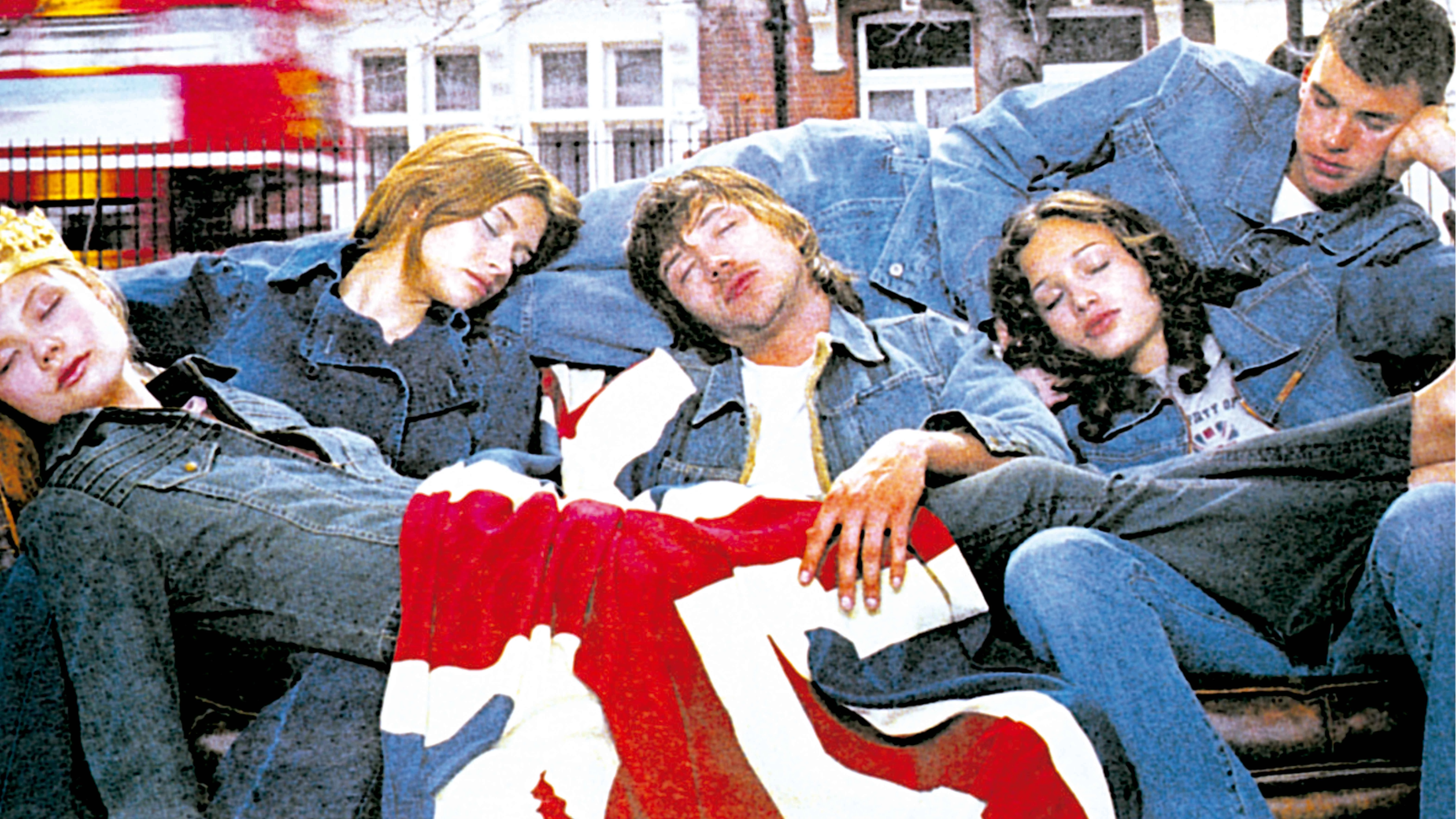
Jeans ad with British flag, 2002
The climate of patriotic affirmation lived by the United States after the Al Qaeda attacks is expressed in the sacralization of the remains of Ground Zero, where the last steel pier of the World Trade Center earned the treatment of war victim, covered by the stars and stripes over a truck that paraded before the troops in salute position; or in the presentation of Libeskind’s reconstruction project under the sign of the flag: an element of collective identity that can also raise conflicting feelings in places where it is trod on to express rejection towards a policy, or burnt, like the new Iraqi flag designed by the architect Rifat Chadirji. There is a sharp contrast between the festive fluttering of the Spanish flag in sports victories – decorated occasionally with the bull by Manolo Prieto which the army itself placed over the barracks in Diwaniyah –, and the bold affirmation of sovereignty in the brief occupation of Perejil or in the titanic mast of the Plaza de Colón. After so many heroic emotions, perhaps it would not be bad to see the Spanish flag used as a publicity sign, like the Union Jack of the ads, or like the logos covering the ironic suits of Etro and Mendini, that advertise their sponsors in the same way that the cluttered overall of Toni Elías...[+]






